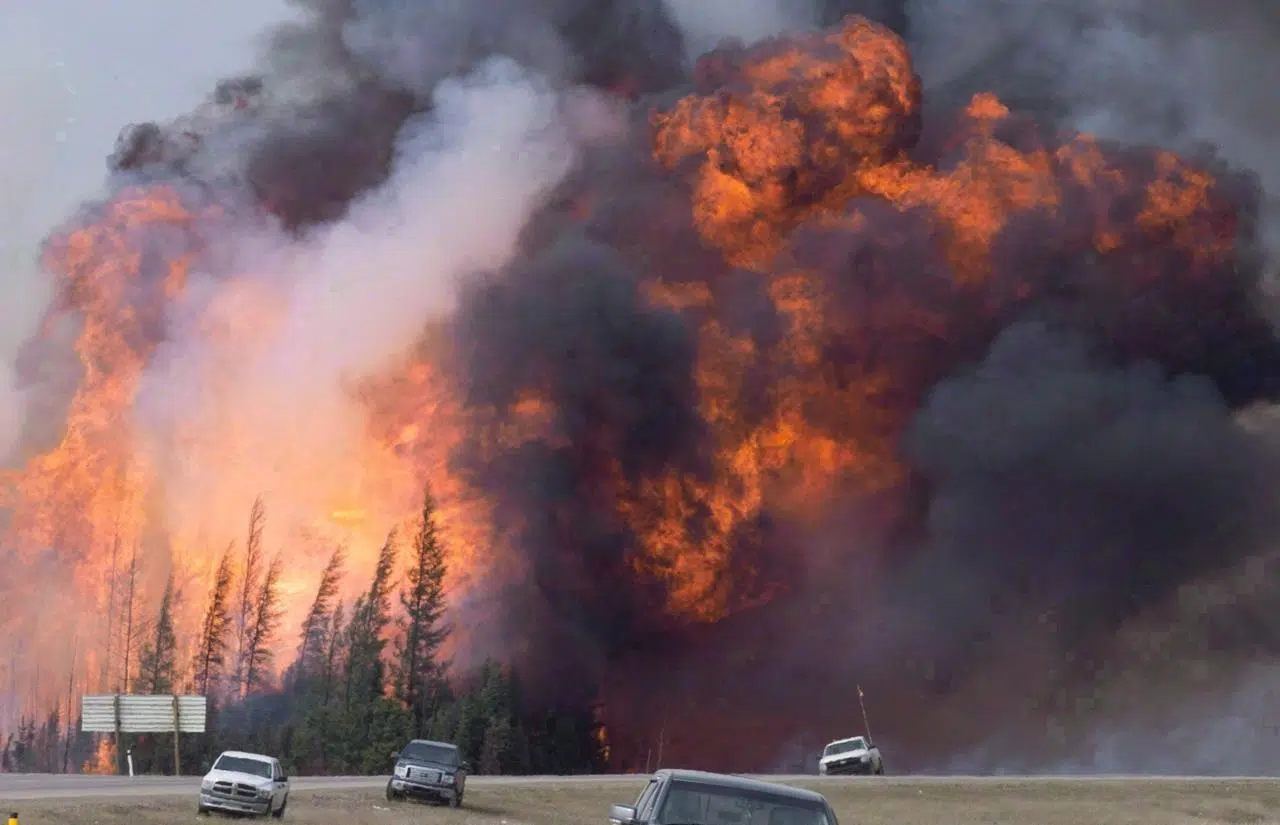
Need key info in a disaster? U of C researchers say there’s no app for that
CALGARY — A study that analyzed nearly 70,000 tweets sent in the thick of the Fort McMurray wildfire shows smartphone emergency apps don’t provide much of the information people need during a disaster.
Maleknaz Nayebi, a doctoral candidate at the University of Calgary’s Schulich School of Engineering, recalls going online in May 2016 to figure out how she could help more than 80,000 people fleeing the flames in northern Alberta. She realized many evacuees were flocking to social media for help.
“As local radio stations went off the air and websites failed, social media became the crisis’ unofficial emergency broadcast system,” researchers wrote.
The findings were published through the International Conference on Software Engineering, which was held in Buenos Aires last month.


